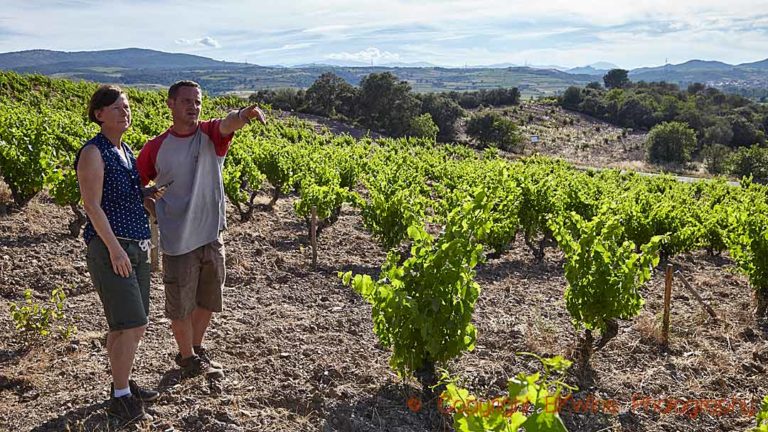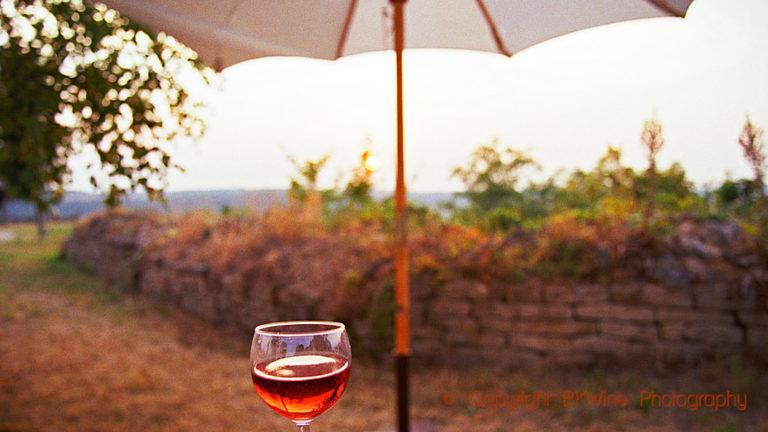

 Cheap wines are sometimes criticised for being “blended.” Strangely enough, this is seen as something negative. But in fact most wines, almost all, are blended.
Cheap wines are sometimes criticised for being “blended.” Strangely enough, this is seen as something negative. But in fact most wines, almost all, are blended.
More expensive wines are also blended. In Champagne they blend wines from an area as big as 30,000 hectares. In Bordeaux they blend 3-4 different grape varieties. A red Burgundy is a blend of Pinot Noir from different parcels that can be quite far away from one another. In many regions wines aged in oak barrels are blended with wine aged in steel tanks. Or wine aged in new oak barrels with wine aged in old oak barrels. So how can “blended” wine be wrong?
Another criticism aimed at the cheap “blends” is that they are designed to fit a particular taste. Maybe the critics mean that other wines, what they call terroir wines, are a footprint of the vineyard and the vintage, a genuine wine.
But even these wines, the more expensive, are adjusted. Maybe these wines have a different target group, but they are still adjusted to fit the taste of the target group. Wine that is a bit unbalanced can be fixed in the cellar. It may be a bit more oak in a Bordeaux to give softness or a little more sugar in a Champagne to hide the acidity.
There are no “genuine” wines that are a pure reflection of terroir, soil, climate and grapes. All wines are “manipulated” by a winemaker to create the specific wine that he (or she) wants to make. With the given conditions and raw material he has to play with.
Most producers want to give consumers what consumers want. For the whole thing is about selling the wines, without that no wine producer will survive.
It is not “bad” to make cheap wine. Cheap wines have a raison d’etre too. Just like that it is not bad to charge indecent amounts of money for a bottle of wine (Krug Clos d’Ambonnay 2000 was just launched at around $2000. There is no taste that can motivate that.) As long as there are customers willing to pay.
The only thing that is “bad” is to make bad wine, wine that is worse than what it should be.
We must of course also mention the award that we have just received from the OIV for our latest book. We are immensely proud of that. The first time ever a book by Swedish authors has received that award. Read more about it further down in the Brief.
Britt & Per
PS: Recommend to your friends to read the Brief!
[box type=”note” size=”large” style=”rounded” border=”full”]This is just the introduction to the latest issue of the Brief. Subscribe to the BKWine Brief and you will get the whole edition in your mailbox next month.[/box]









